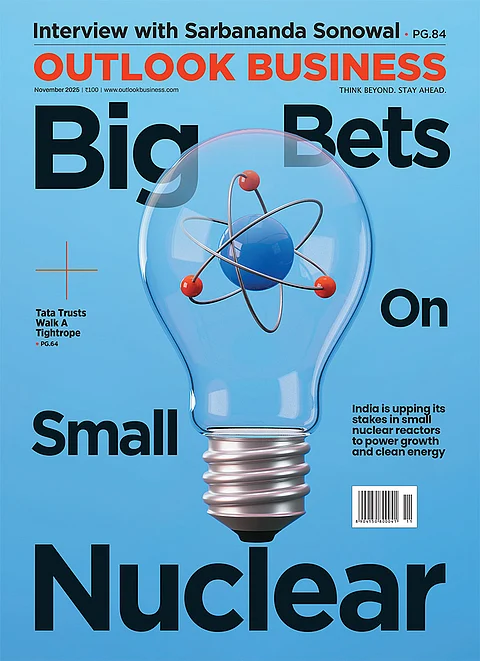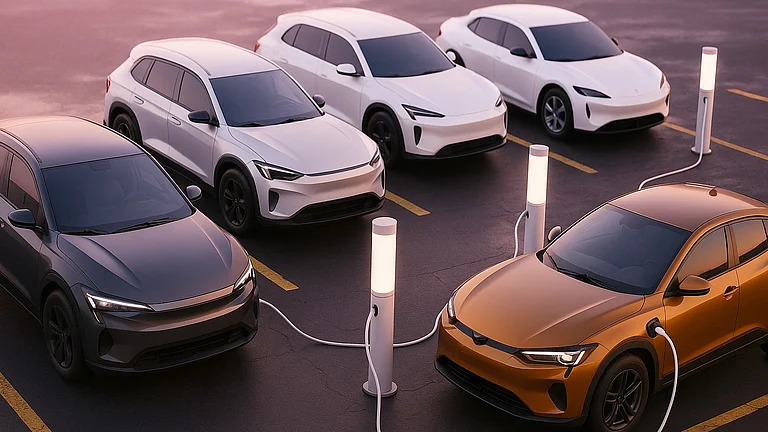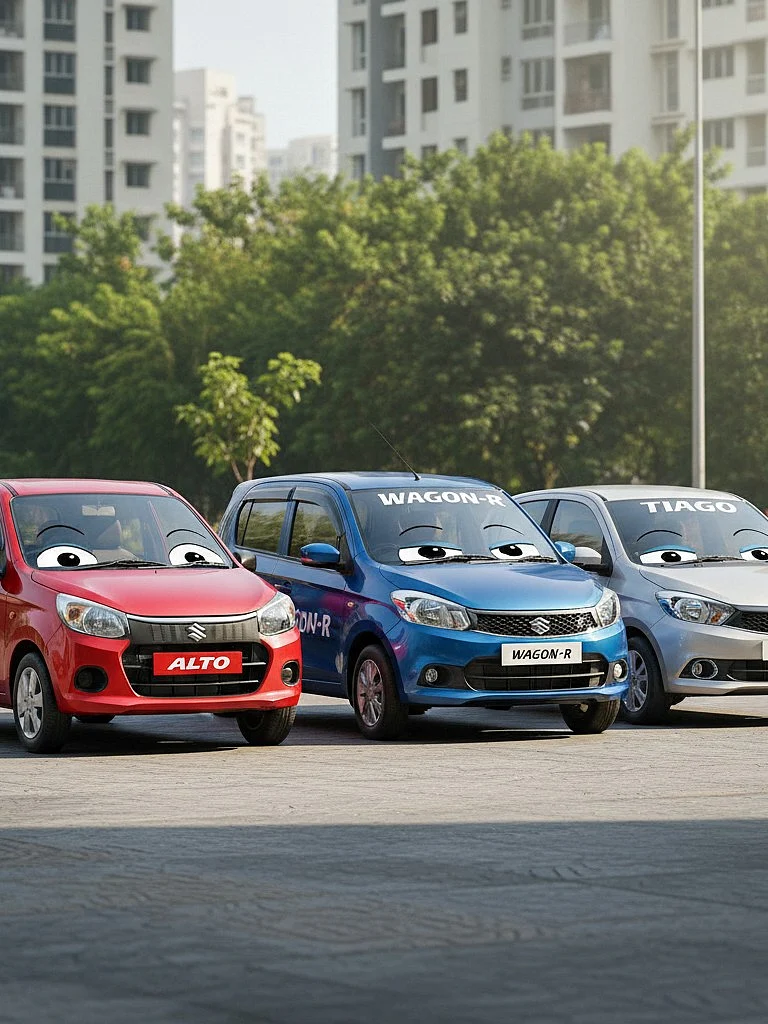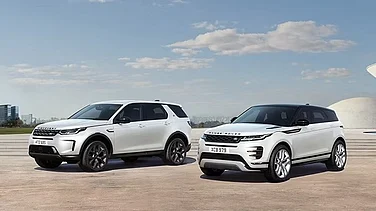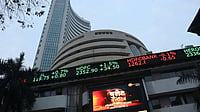
A draft of the CAFE III norms has split auto manufacturers, as it sets fuel-efficiency targets based on the weight.
A draft of the same was publicly released in September this year.
This has the divided small-car makers like Maruti Suzuki and Honda, and SUV-manufacturers such as Tata Motors, Mahindra and Hyundai.
A draft proposal of Corporate Average Fuel Efficiency III (CAFE III) norms has divided the automotive manufacturers of India. The norms propose fuel-efficiency targets for each manufacturer depending on the average unladen weight (W) of all the cars they sell in a year.
This has driven a wedge between the car makers who majorly sell smaller cars like Maruti Suzuki, Toyota Kirloskar Motor, Honda Cars India and Renault India and makers of SUVs and large cars like Tata Motors, Mahindra & Mahindra, Hyundai Motor India and Kia India.
The differences came out in public last week, when Tata Motors Passenger Vehicles CEO and MD Shailesh Chandra publicly criticised the draft for CAFE III.
“There has been an effort to define an arbitrary category of small cars based on weight. We will not support this. We have absolutely no concerns in meeting the CAFE norms even with a high share of small cars, and we see no justification for special concessions," Chandra said on November 14, after reporting the second quarter earnings of the company.
What Are the CAFE III Norms?
The government first introduced CAFE standards in 2017 under the Energy Conservation Act, 2001. At that time, carmakers were required to meet a fleet-average fuel efficiency of 5.5 L/100 km and keep CO2 emissions below 130 g/km. The second set of rules, CAFE II, came into effect in 2022 and made the requirements more demanding, lowering the fuel-efficiency target to 4.7 L/100 km and tightening the CO2 cap to 113 g/km.
CAFE III is the next proposed stage, designed to further reduce emissions and push manufacturers to build more fuel-efficient vehicles. These rules are planned to roll out from 2027 and remain in force until 2032. A draft of the same was publicly released in September this year.
Under the new norms, the standards become significantly stricter. The CO2 target drops to 88.4 g/km, tougher than the earlier draft figure of 91.7 g/km and much below the 113 g/km limit under CAFE II. Manufacturers that do not meet the required fleet-average performance will face substantial penalties.
Manufacturers will have to follow a formula provided in the draft to determine their yearly fuel-efficiency target. The target depends on the average weight of all the cars they sell in a year. Heavier fleets get slightly higher allowances, while lighter fleets face stricter limits. A table is provided to show the constants used in calculating these targets for each year from 2027 to 2032.
Actual fuel performance will also be calculated annually based on sales volume, fuel consumption, and approved CO2-reducing technologies. Certain technologies—such as hybrids, flex-fuel capability or battery-electric systems, can earn “super-credits,” giving manufacturers some compliance flexibility by counting such vehicles multiple times. Technologies that lower CO2 emissions by at least 1 g/km can also qualify for additional credits after proper testing.
The rules also allow carbon-neutrality factors for petrol-ethanol blends, flex-fuel vehicles, hybrids, and CNG vehicles. These factors offer further reductions in the CO2 values used for compliance.
What Carmakers Worry About?
According to reports, small-car–focused manufacturers support the small-car-friendly provisions and caution that the segment cannot bear unrealistic emission targets without severe pricing implications. Large car manufacturers, on the other hand, favour weight-based relaxations that would ease compliance for larger vehicles which inherently emit more because of their size.
The divide of the norms is so severe that the industry body Society of Indian Automobile Manufacturers (SIAM) could not reach a consensus on the matter. In its reported feedback to the government, it asked the government to decide on the norms.
Earlier, Maruti Suzuki India (MSIL) Chairman RC Bhargava told The Hindu BusinessLine that he believes that CAFE III norms are "biased" in favour of big cars.
“As weight decreases, the norms become less and less favourable for smaller cars. There is a bias in the entire system in favour of heavier cars. I don’t understand why that should be so, or how it is justified,” he said.
On Friday, TMPV's Chandra also pointed out that no model under 909 kg qualifies for a Bharat NCAP rating and pushing manufacturers toward lighter cars could undo safety progress built over the last ten years. He argued that linking emission requirements to vehicle weight diverts attention from the larger goal of shifting to cleaner and greener mobility.
This issue is especially relevant for market leader Maruti Suzuki, whose popular models like the Wagon R, Celerio, Alto and even the Ignis typically fall below the 909-kg mark.
At present, GST slabs for cars depend on engine capacity and length. Petrol cars under four metres with engines up to 1,200cc and diesels up to 1,500cc are taxed at 18%, while everything above these limits falls under a 40% rate.






